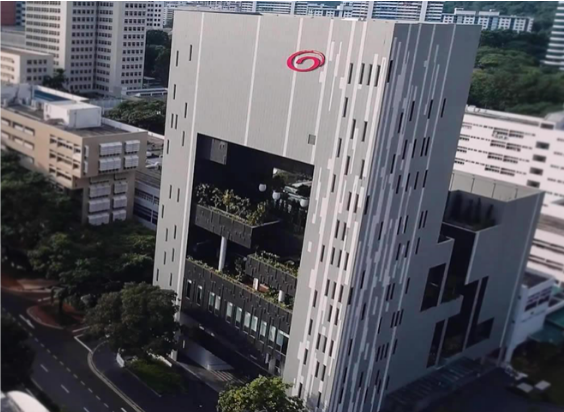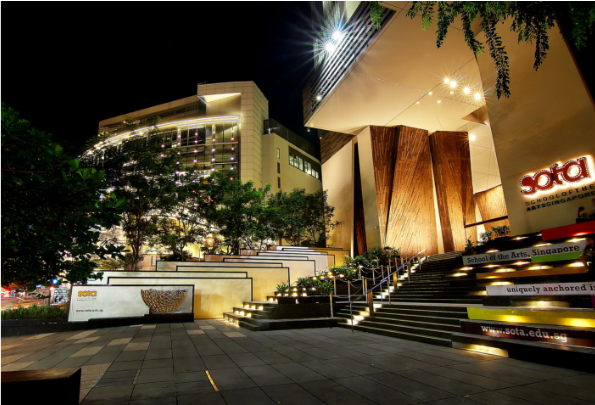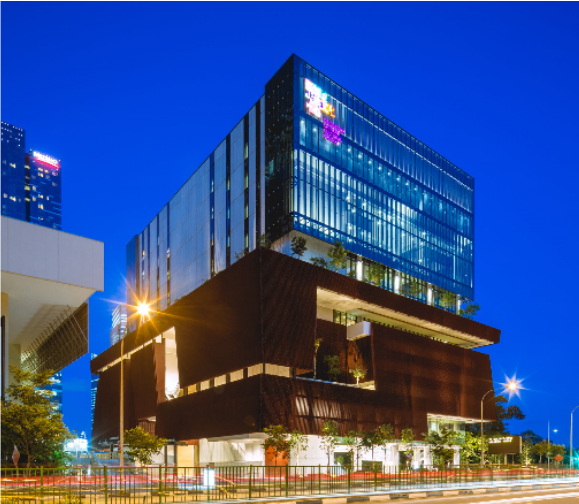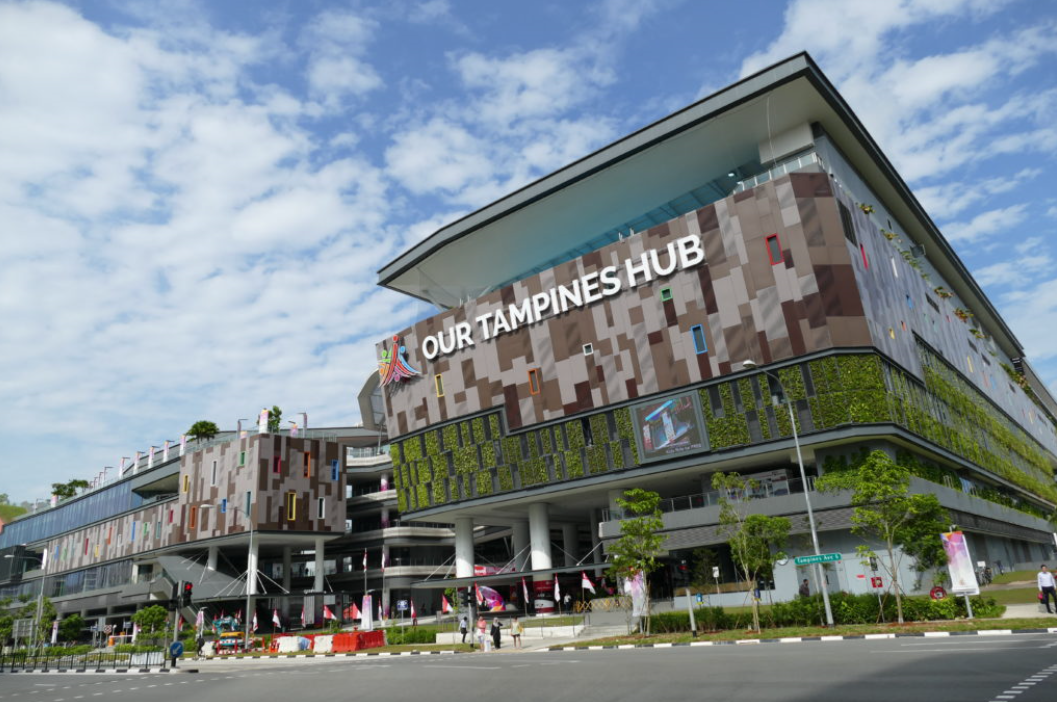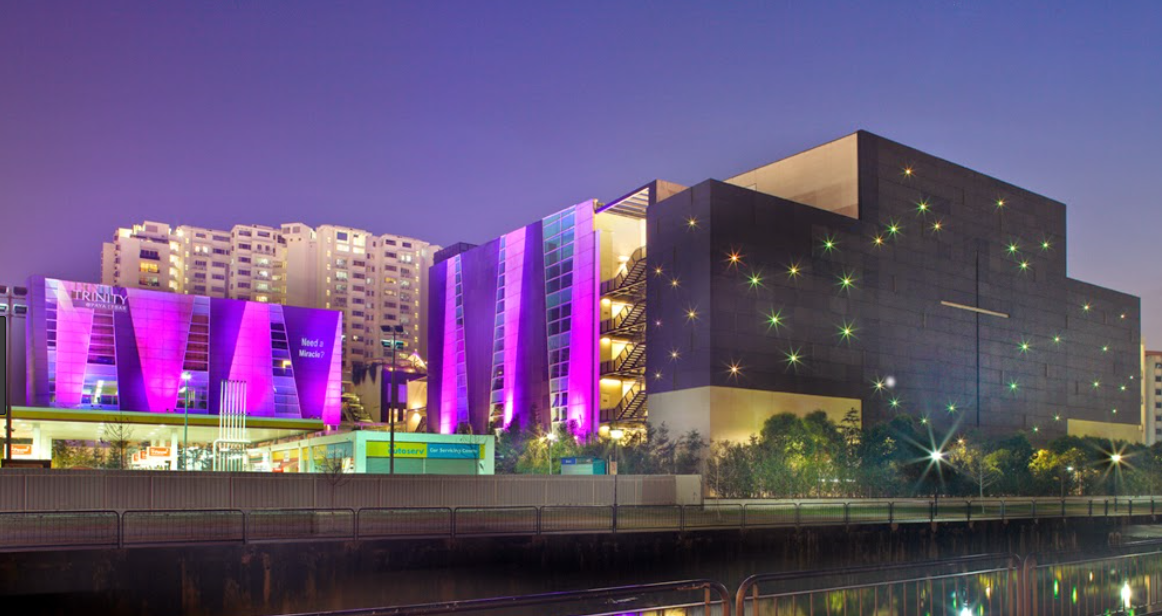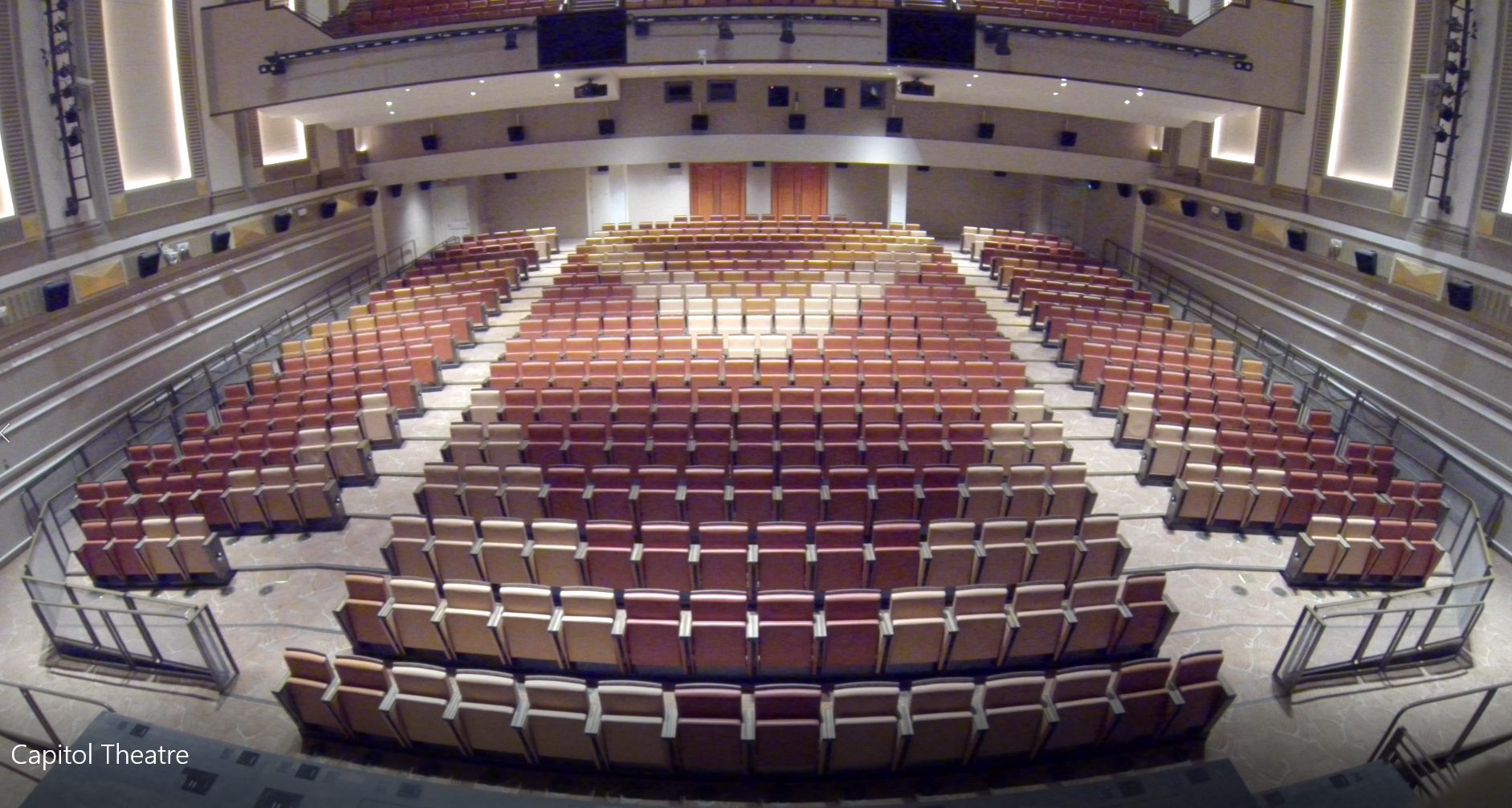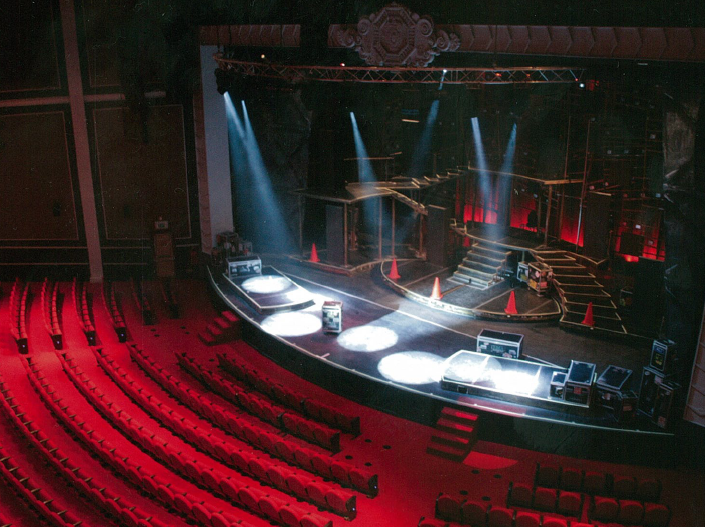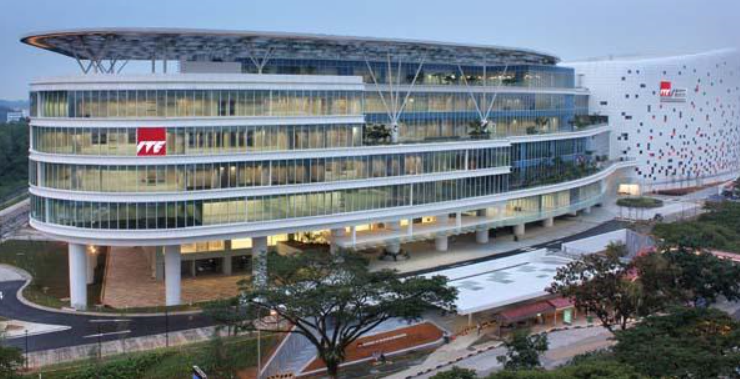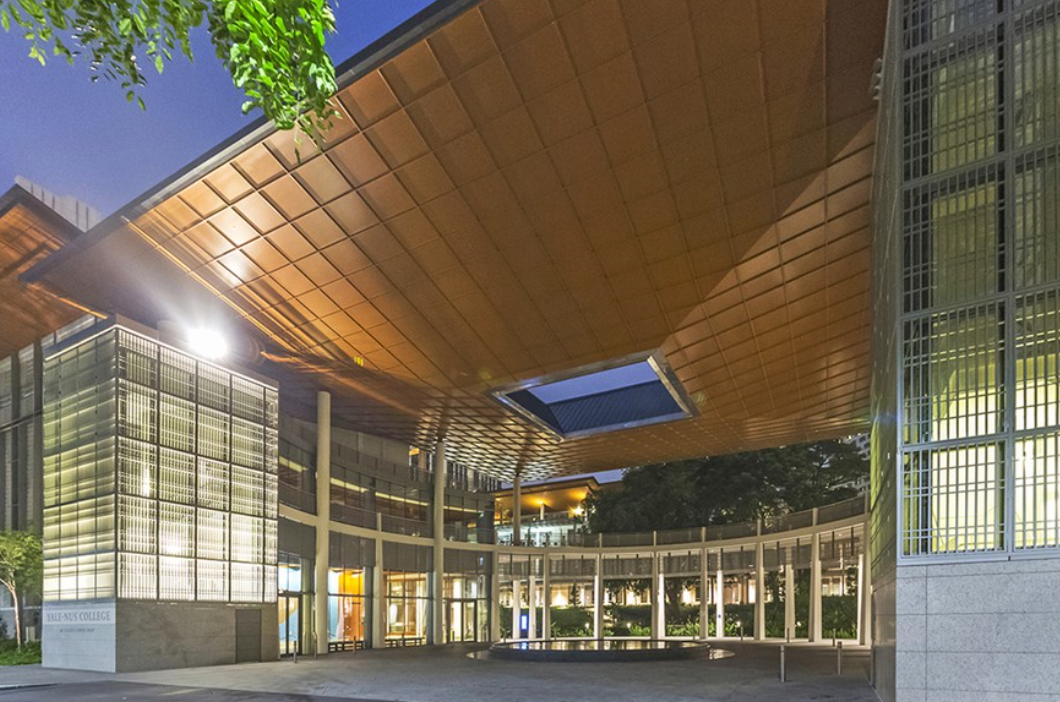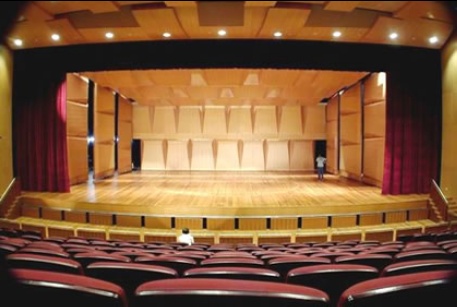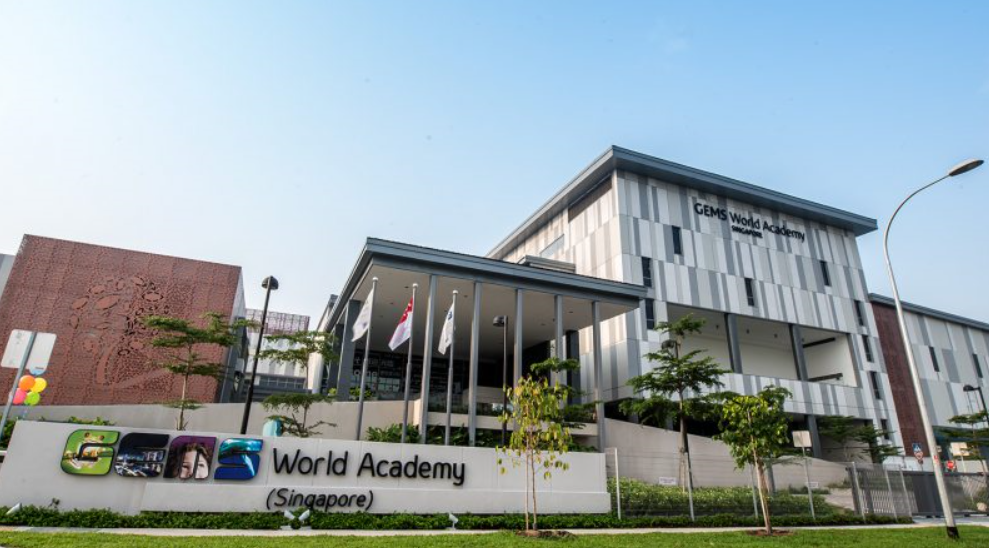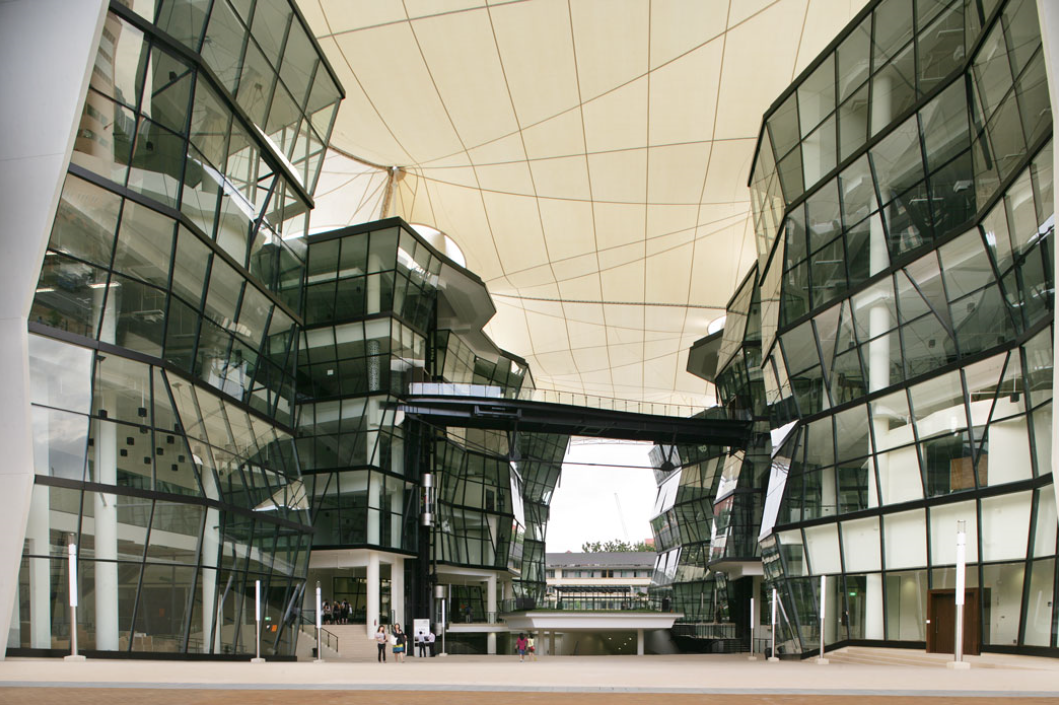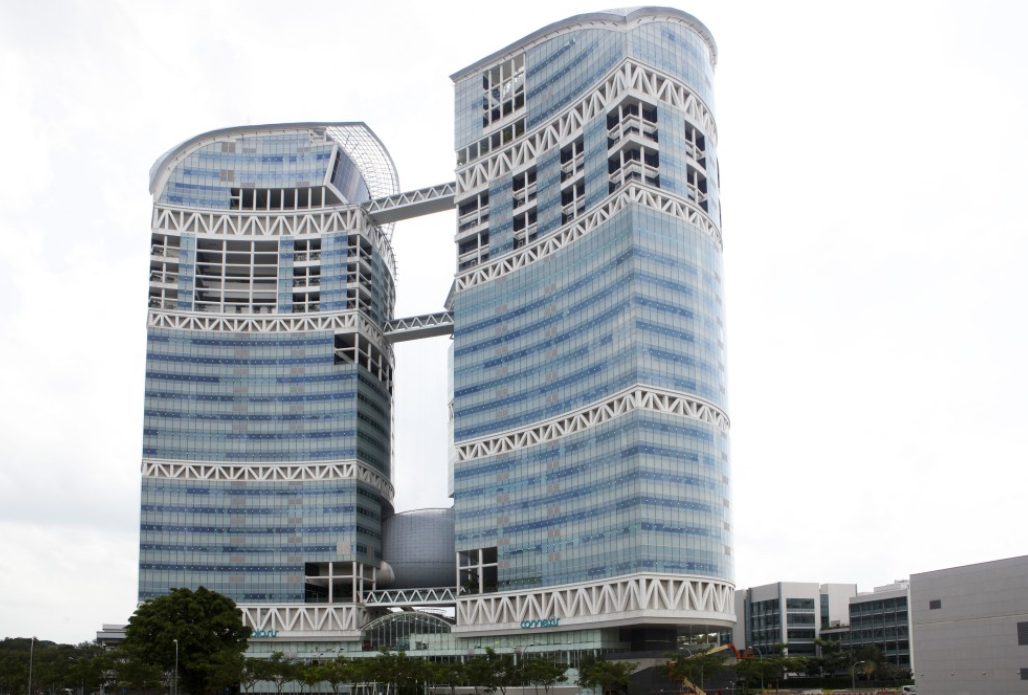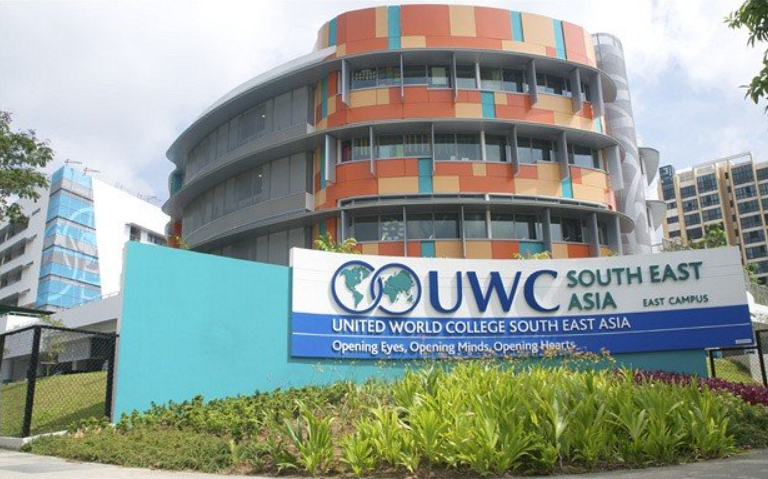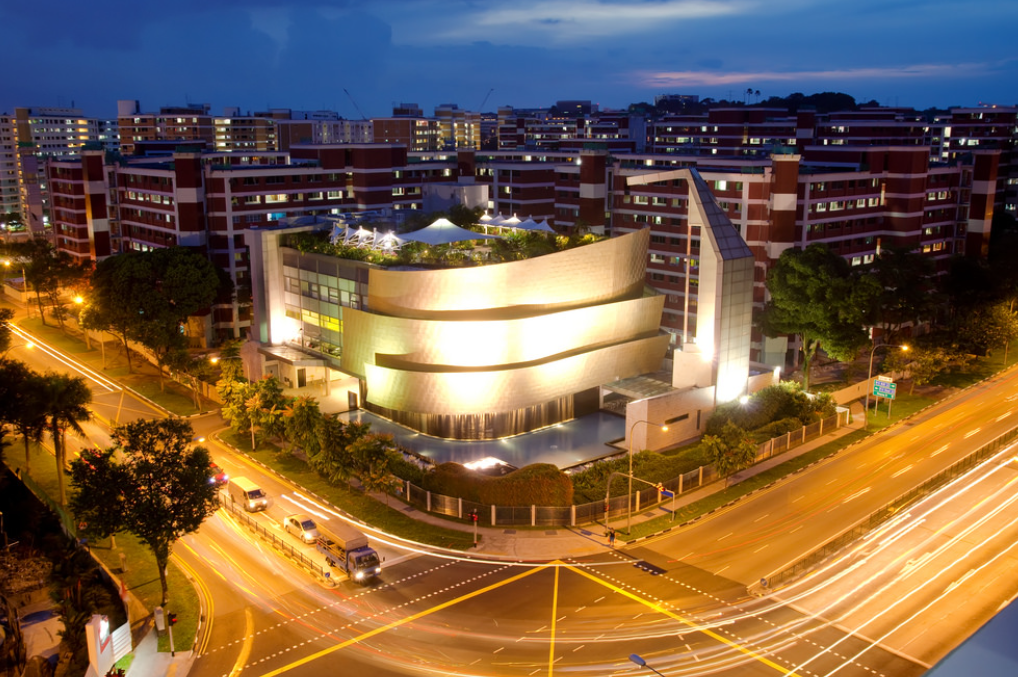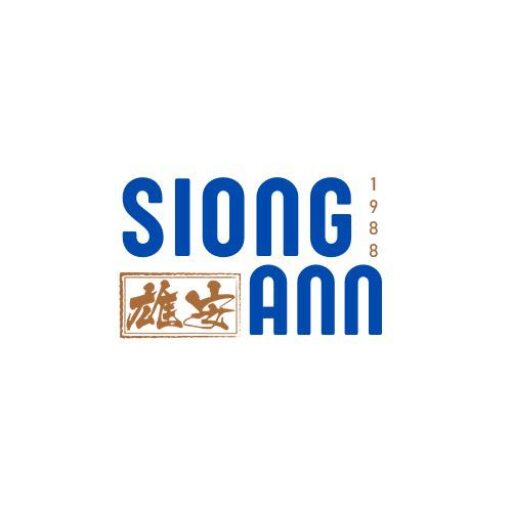Staging The Very Best
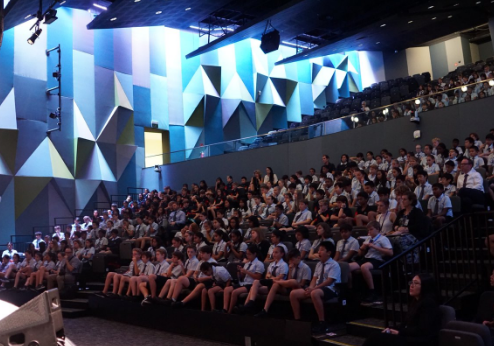
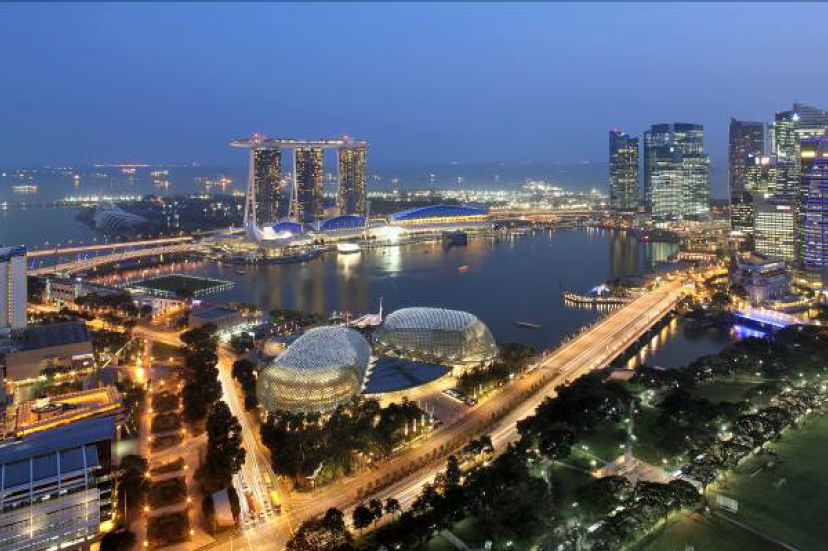
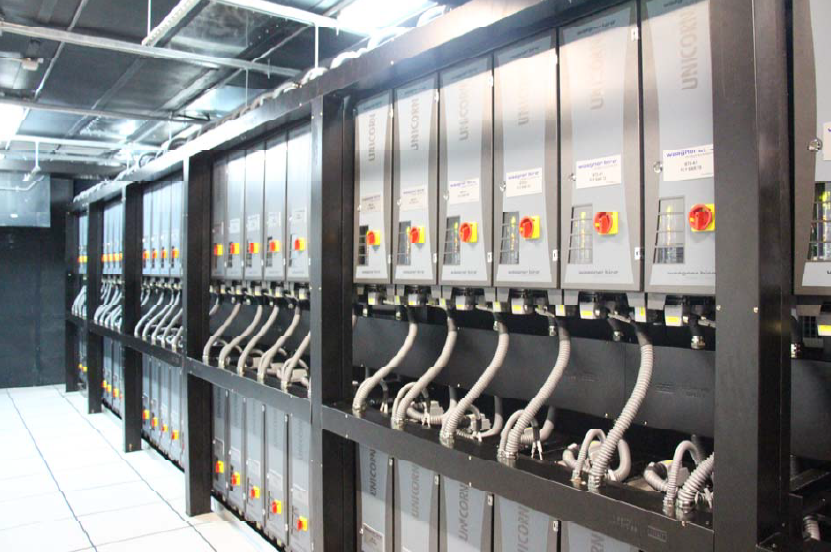

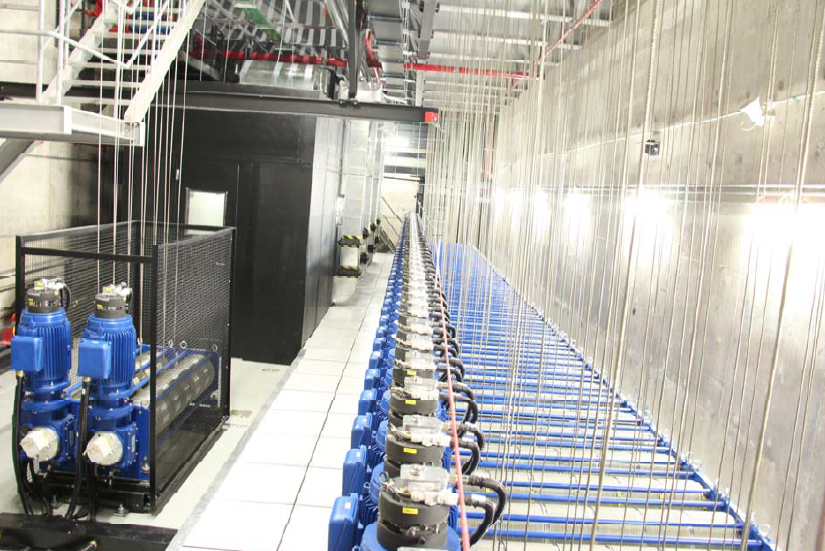
Product
Over-Stage Equipment
- NORDEC Motorised Fly-bar System
- NORDIC Control System
- Stage Drapery System
- Stage Fire Safety Curtain System
- Motorised Chain Hoist System
- Acoustic Banners
- Kabuki Banner System
- Tension Wire Grid
- Rolling Beam
- Motorised LED Display Moving System
- Aluminium Truss System
Under-Stage Equipment
- Orchestra Lift
- Stage Lift
- Seating Wagon
- Trap Lift
- Lifter
- Rotating Lifter
- Customised Show Equipment
Seating Solutions
- Theatre Seatings
- Retractable Seatings
- Demountable Seatings
- Demountable Platforms
Studio Equipment
- Self-Climbing Hoist
- Point Hoist
- Pantographs
- Conductor Rails
- Studio Hoist Control System
Audio System
- Audio Mixer
- Amplifiers
- Speakers
- Microphone
Visual System
- Projector and Projection Screen
- LED Video Walls
Stage Lightings
- Lighting Consoles
- LED Lighting Fixtures
- LED Moving Heads
Audio-Visual & Lighting System
Stage Rigging
Stage rigging serves as the backbone of theatrical productions, enabling seamless scene transitions, captivating special effects, and breathtaking stage designs. In this article, we will explore the significance of stage rigging and how it enhances performances. Whether you’re an event planner, theater enthusiast, or simply curious about the behind-the-scenes magic, this concise guide will shed light on the art of stage rigging.
1. Streamlining Performances with Stage Rigging:
Stage rigging encompasses the use of ropes, cables, and mechanical devices to control various elements on stage. From scenery and lighting to sound equipment and curtains, this precise system ensures smooth and efficient performance execution.
2. Key Elements of Stage Rigging:
The two primary components of stage rigging are fly systems and motorized rigging.
– Fly Systems: Fly systems consist of pulleys, ropes, and counterweights. They allow for vertical movement of scenery, backdrops, and lighting equipment, enabling quick and seamless scene changes during performances.
– Motorized Rigging: Motorized rigging employs hoists and winches, offering precise control over movement. This modern approach reduces physical strain and provides greater flexibility for intricate stage designs.
3. Safety Measures in Stage Rigging:
Safety is of paramount importance in stage rigging to protect performers, crew members, and the audience. Here are some crucial safety measures:
– Regular Inspections: Rigging equipment must undergo routine inspections by qualified professionals to identify potential hazards and ensure proper functioning.
– Trained Professionals: Stage rigging requires skilled individuals who have undergone comprehensive training programs and hold relevant certifications. Their expertise guarantees the safe execution of performances.
– Load Calculations: Rigging professionals meticulously calculate the weight of scenery, equipment, and performers to determine appropriate rigging requirements and prevent overloading.
4. Enhancing Productions with Professional Rigging Services:
For larger productions, engaging professional rigging companies can provide immense value. These experts possess the necessary knowledge, experience, and specialized equipment to handle complex rigging setups safely and efficiently.
Our Pride: Encore After Encore
Siong Ann is proud to have been the crux behind the scene in some largest and most complex stage rigging projects both locally and overseas. With one successful performance leading to another, we are honoured to have left our mark on the demanding and unforgettable projects for some of the most recognised companies and institutions and yearn for more challenging displays ahead. These perfected pieces lay as testimonials to Siong Ann's passion for excellence and quest for perfection in every undertaking, down to every embellishment.









